Tubing pup joints are essential components in the extraction of oil and gas, responsible for connecting tubing and ensuring the safe transport of hydrocarbon resources. Based on different classification standards, tubing pup joints can be divided into various types, such as external thread pup joints, internal thread pup joints, solid pup joints, API pup joints, premium pup joints, casing pup joints, and perforated pup joints. This article will explore these types of pup joints in detail, focusing on their functions, characteristics, and applications.
I. External Thread Pup Joints
1. Characteristics and Functions
External thread pup joints are primarily used to connect two sections of tubing. Their most notable feature is their ease of installation, thanks to the external thread design. This design allows the pup joint to be easily connected to piping fittings without the need for additional seals or adhesives. The simple structure of external thread pup joints not only speeds up the installation process but also reduces the need for specialized tools. Additionally, the straightforward design and lower manufacturing costs make them an economical choice.
2. Roles and Application Scenarios
The external threaded nipple has the function of fixing the oil pipe and protecting the oil pipe from environmental influences.Their main functions include:
Preventing Oil and Gas Leaks: The external thread design effectively seals the connection, reducing the risk of oil and gas leaks.
Enhancing System Stability: By securely connecting tubing, external thread pup joints enhance the stability of the entire oil and gas transport system, reducing the impact of vibrations and external shocks on the piping.
External thread pup joints are widely used in various oil and gas extraction environments, particularly suitable for surface equipment and low-pressure operations. Their convenient installation and low cost make them ideal for routine maintenance and temporary repairs.
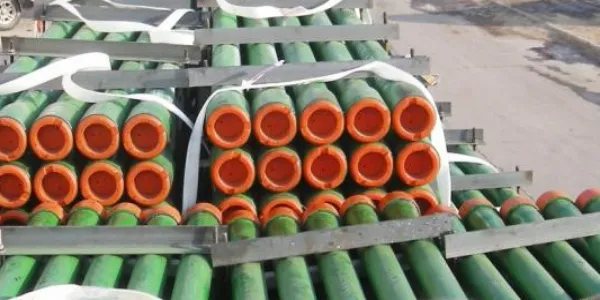
II. Internal Thread Pup Joints
1. Characteristics and Functions
Compared with the external thread small joint, the internal thread small joint is characterized by the thread inside. This design makes the internal thread joint have higher pressure resistance and sealing ability. The internal thread structure makes it more tightly connected with the oil pipe, reduces the gap at the connection, and provides better sealing. In addition, the internal thread design can be used for high pressure and high temperature operations because it withstands greater mechanical stress.
2. Roles and Application Scenarios
The main roles of internal thread pup joints include:
Connecting Drill Pipe and Tubing: Internal thread pup joints are commonly used to connect drill pipes and tubing, with their high pressure resistance and sealing capabilities making them well-suited for high-pressure operations downhole.
Preventing Liquid Infiltration: The internal thread design effectively prevents underground water or other liquids from infiltrating the tubing, protecting the purity and transport efficiency of the hydrocarbon resources.
Internal thread pup joints are widely used in deep wells and high-pressure well operations, especially in scenarios that require high-strength connections and excellent sealing properties. Their superior performance makes them key components in high-difficulty drilling and extraction tasks.
III. Solid Pup Joints
1. Characteristics and Functions
Solid pup joints are made from a single piece of solid metal and feature virtually no threads. This design gives them exceptional structural strength and sealing capabilities. Solid pup joints are highly resistant to breaking and can withstand significant pressure and external shocks. Additionally, the solid structure provides excellent corrosion resistance and seismic performance, making them suitable for complex and variable extraction environments.
2. Roles and Application Scenarios
The main roles of solid pup joints include:
Enhancing Tubing Pressure Resistance: The solid structure allows them to withstand extremely high pressures, making them suitable for high-pressure well and deep well operations.
Improving Corrosion Resistance: The solid design reduces the impact of corrosive media on the tubing, extending the lifespan of the equipment.
Enhancing Seismic Performance: Solid pup joints effectively absorb and resist external vibrations and shocks, protecting the tubing and associated equipment.
Solid pup joints are widely used in extreme environments for oil and gas extraction, such as deep-sea drilling and high-pressure wells. Their high strength and durability make them essential components in high-risk operations.
IV. API Pup Joints
1. Characteristics and Functions
API pup joints are manufactured according to API Spec 5CT standards, using high-quality API grade seamless steel pipe materials. The API standard ensures the quality and consistency of the pup joints, making them widely used globally. Characteristics of API pup joints include high strength, corrosion resistance, and good sealing performance.
2. Roles and Application Scenarios
The main roles of API pup joints include:
Ensuring Connection Quality: The API standard ensures the manufacturing quality and connection performance of the pup joints, reducing the risk of failures and leaks during operations.
Adapting to Various Operating Environments: API pup joints can be provided in different diameters, lengths, weights, and grades as needed, making them suitable for various oil and gas extraction environments.
API pup joints are widely used in oil and gas fields worldwide, suitable for various extraction operations from conventional wells to unconventional wells. Their high standards and broad applicability make them a common choice in the industry.
V. Premium Pup Joints
1. Characteristics and Functions
Premium pup joints are manufactured using seamless processes and feature premium connection designs, offering higher strength and sealing capabilities. These pup joints are typically made from API and special alloy grade materials, ensuring stable performance in high-pressure and high-temperature environments.
2. Roles and Application Scenarios
The main roles of premium pup joints include:
Providing Higher Pressure and Temperature Resistance: Premium materials and manufacturing processes enable them to withstand extreme operating conditions, suitable for deep well and high-pressure well operations.
Enhancing Sealing Performance: Premium thread designs are precision machined by the manufacturer or authorized licensee, ensuring the sealing and reliability of the connections.
Premium pup joints are widely used in high-difficulty drilling and extraction tasks, such as deep-sea drilling, ultra-deep wells, and high-temperature high-pressure well operations. Their excellent performance makes them ideal for extreme conditions.
VI. Casing Pup Joints
1. Characteristics and Functions
Casing pup joints are used to connect and extend casing. Casing is a critical component that protects the wellbore and stabilizes the well walls, and the quality and performance of casing pup joints directly impact the stability and safety of the entire wellbore. Casing pup joints can be provided in different lengths, weights, and grades as needed to meet various operational requirements.
2. Roles and Application Scenarios
The main roles of casing pup joints include:
Extending Casing Length: By connecting multiple sections of casing, casing pup joints effectively extend the total length of the casing, meeting the needs of deep well operations.
Enhancing Wellbore Stability: High-quality casing pup joints improve wellbore stability, preventing wall collapse and wellbore deformation.
Casing pup joints are widely used in various wellbore construction and maintenance operations, especially suitable for connecting casing in deep wells and unconventional wells. Their high quality and versatility make them critical components in wellbore construction.
VII. Perforated Pup Joints
1. Characteristics and Functions
Perforated pup joints are specially designed pup joints with multiple perforations in the pipe wall. These perforations can be designed in different patterns and sizes as needed to meet specific operational requirements. The main function of perforated pup joints is to provide a larger flow area and better filtration, thereby improving the extraction efficiency of hydrocarbon resources.
2. Roles and Application Scenarios
The main roles of perforated pup joints include:
Providing a Larger Flow Area: The perforated design increases the channels for fluid to pass through, enhancing the flow efficiency of oil and gas.
Enhancing Filtration: By setting appropriate perforations in the pipe wall, perforated pup joints effectively block sand particles and other impurities, protecting the normal operation of downhole equipment.
Perforated pup joints are widely used in sand control operations and high-yield oil and gas well extraction, with their diverse designs allowing them to adapt to different formation conditions and operational requirements.
Conclusion
Tubing pup joints are indispensable equipment in oilfield extraction operations. Based on different classification standards, tubing pup joints can be divided into various types such as external thread pup joints, internal thread pup joints, solid pup joints, API pup joints, premium pup joints, casing pup joints, and perforated pup joints. Each type has its own functions and characteristics, but all are designed to connect tubing and maintain the stability, pressure resistance, and corrosion resistance of the tubing to ensure that hydrocarbon resources can be safely and efficiently transported to the surface.






 English
English Español
Español بالعربية
بالعربية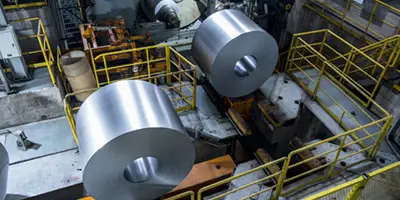

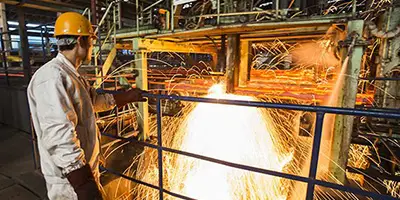
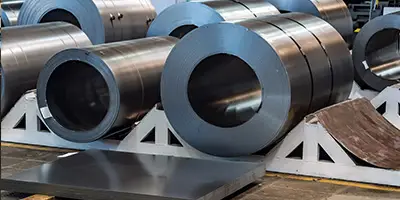

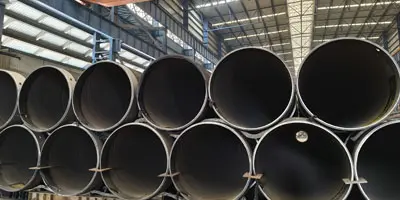

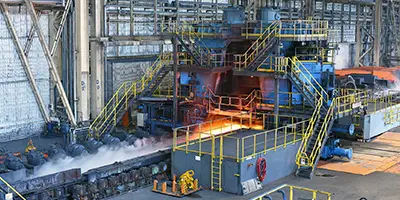
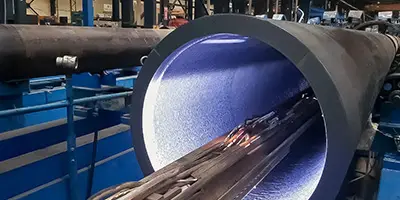
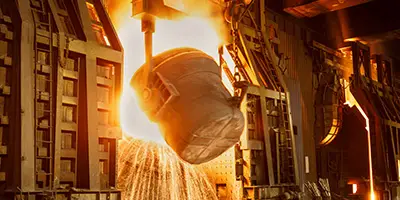


 Phone :
Phone :  Whatsapp :
Whatsapp :  Email :
Email : 


